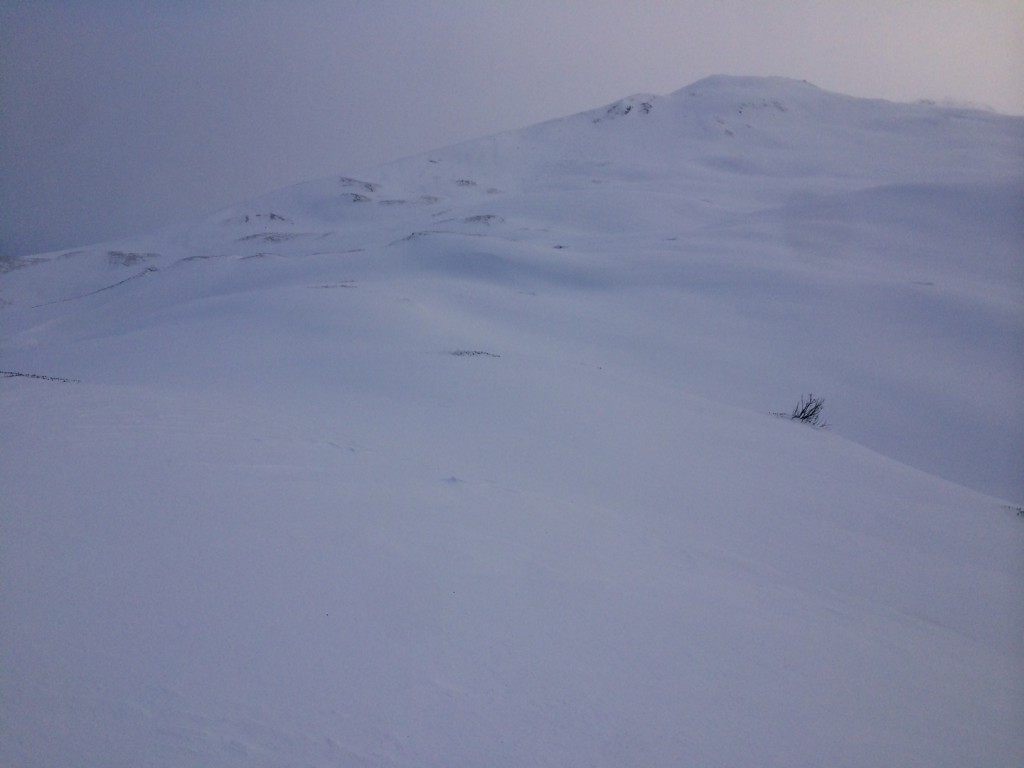Turnagain Pass
|
|
For the Turnagain Pass, Girdwood and Summit Lake (Kenai) regions a HIGH avalanche danger remains. Another storm moved through overnight adding 12-18″ of heavy snow at the upper elevations and rain below 2,500′. This, accompanied by winds gusting to 109mph, will continue to destabilize the snowpack.
Natural and human triggered avalanches are likely. A MODERATE danger exists below 1,000′ in snow-free gullies and runouts where debris can be channeled from an avalanche above; possibly affecting hiking trails (see photo below).
Travel in avalanche terrain is NOT recommended again today. The good news is, snow is piling up in the mountains – at the upper elevations. With little detailed information at this time, we are asking folks to be patient and conservative in the backcountry until these storm cycles cease.
WARNING:
DANGEROUS AVALANCHE CONDITIONS REMAIN IN MANY AREAS both South and North of Anchorage.
This includes Hatcher Pass where a HIGH Avalanche Danger exists – see hatcherpassavalanchecenter.org.
The Hatcher Pass road closure is still in effect and Park Rangers are recommending the public avoid this area. Also, there remains a missing skier at Hatcher Pass. In addition to the road being closed, please be respectful of the rescue efforts.
Petersville / Cantwell areas:
Large avalanches have been reported North of Talkeetna and Cantwell. Although excitement is high for Thanksgiving Powder, PLEASE be extra conservative when choosing your backcountry location. There is plenty of mellow terrain to play in but please avoid avalanche terrain – any slope over 30 degrees and its runout!



